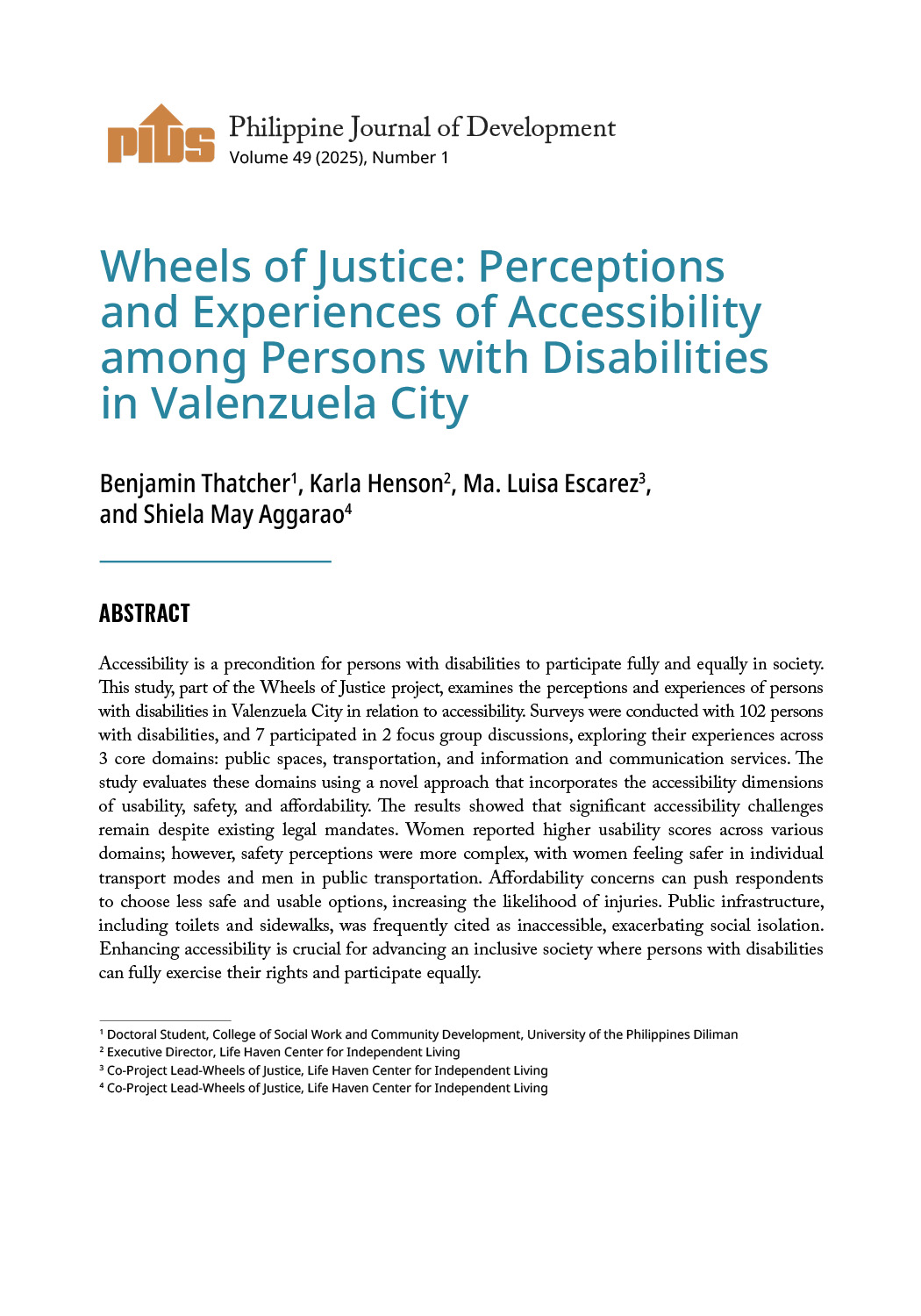Philippine growth will likely remain at 6.7 percent in the next two years on the back of strong domestic demand and increased investments, an economic and policy analyst said on Wednesday.
“Investments drive growth, a growth that is also supported by tax reform,” Difference Group founder and CEO Dan Steinbock said at a Philippine Institute for Development Studies seminar.
Investment growth has the potential to stay robust in the medium term as long as the “Build Build Build” program prevails and state infrastructure spending rises to 5 percent of gross domestic product (GDP), he added.
A key aspect involves the implementation of the Tax Reform for Acceleration and Inclusion law, which will fund the government’s infrastructure push.<
Steinbock, who writes a column for The Manila Times, also said that investments flows could be higher if foreign equity limitations were eased.
“I don’t think [charter change] its bad for the independence of the sovereignty of the country. I think that things change over time but you have the control on how you proceed on this,” he said.
Downside risks to growth, Steinbock noted, include expected US Federal Reserve rate hikes and weaker growth in China.
“[There would also be a] drastic deterioration if US-China relations could leave the Philippines in the middle,” he also warned.
Protectionist policies could also impact remittances faster and more broadly than expected.
Locally, risks to growth involve political divisions, an escalation of insurgencies, natural disasters and population displacements.
Steinbock’s forecast is lower than the government’s 7.0-8.0 percent target for 2018 and 2019.
Full-year growth was 6.7 percent in 2017, slower than the 6.9 percent expansion recorded in 2016.
A day earlier, meanwhile, the chief economist of Bank of the Philippine Islands (BPI) said GDP growth could pick up to 6.8 percent this year and by 7.2 percent in 2019.
“The government has to really step in. It looks like they are going to deliver and has the capability to deliver. Close to seven percent growth is very achievable, if not seven,” BPI economist Emilio “Jun” Neri told reporters at the sidelines of an economic briefing.
“It is almost unusual that we were able to sustain in six straight years a more than six percent growth. A significant amount will kick in this year,” Neri said.
He also downplayed concerns over the peso’s recent decline, calling it a “sign of bullishness and optimism” in the economy.
“We have so much demand for a lot of things, a good part of it, imported,” Neri noted.
“Other countries have stronger currencies because they have anemic imports because their population is not growing … if we want us to have economic growth, we have to import more.”












